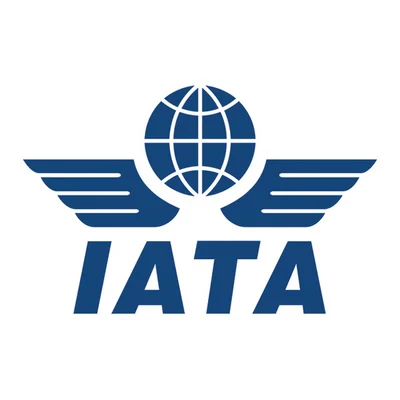In the Full Service Carrier category, Cathay Pacific was recognized for various initiatives including an amenity kit upon request system in economy class, reusable service ware, replacement of soft plastics with recyclable cardboard around blankets and headphones, water bottles without plastic wrappers, and a recycling program that collected over one million bottles. The airline’s cargo division recycles 50% of soft plastic wrap used—a rate significantly higher than industry averages—and has electrified all cargo area vehicles. Cathay Pacific was also among the first globally to commit to using 10% SAF by 2030.
Vietnam Airlines focused on four sustainability pillars: emissions reduction, recycling/reuse efforts, carbon offsets, and green office practices. The carrier increased ground power usage instead of APUs during ground operations; reused disposable utensils saving about one billion VND per year; replaced plastics with materials like wood or bamboo; introduced eco-friendly onboard products; used SAF on all Europe-bound flights; implemented a SAF surcharge since February 2025; digitized office processes; switched lighting systems; and installed automated air conditioning.
Etihad Airways reported a 26% reduction in CO₂ emissions per Revenue Tonne Kilometre since 2019 through flight optimization measures such as continuous descent procedures. Other actions included water-saving dry wash cleaning methods for aircraft (conserving over 770,000 litres), eliminating more than 233 million single-use plastic items from operations, circular dining services implementation, crew-led recycling programs, ongoing SAF trials, net-zero demonstration flights, and new technology adoption.
Among Low-Cost Carriers recognized were airBaltic—operating only Airbus A220-300s noted for their fuel efficiency—and launching programs supporting SAF usage among passengers and corporate clients. The airline ordered electric aircraft for training purposes and collaborated on hydrogen propulsion research while using operational strategies like reduced flap take-offs.
Vietjet operates a young fleet focusing on efficient Airbus models with initiatives such as phasing out single-use plastics starting with bamboo utensils in premium cabins. Vietjet is also adopting SAF early on alongside advanced engine technologies while optimizing reserve fuel calculations based on landing weight rather than fixed quantities—improving efficiency further. Lightweight seat designs also contribute to reducing carbon emissions per passenger.
AirAsia replaced all single-use inflight packaging with compostable alternatives made from renewable sources such as corn or cassava-based PLA materials starting in 2024. AirAsia initiated an “APU Off” program aimed at reducing reliance on APUs during ground operations after data showed that APUs contributed significantly to airport CO₂ emissions according to Malaysia Airports Holdings Berhad’s Annual Report (https://www.malaysiaairports.com.my/sites/corporate/files/annual-reports/MAHB_AnnualReport_2023.pdf). The airline also digitized flight planning processes saving millions of paper sheets each year. AirAsia is involved with Heart Aerospace’s advisory board supporting hybrid-electric aircraft development and will begin displaying CO₂ emissions data alongside flight options from 2025 onward—remaining the only ASEAN carrier providing technical experts for ICAO’s Committee on Aviation Environmental Protection (CAEP).
Jet2 received recognition as a Package Holiday/Leisure Airline for integrating sustainability across aviation activities as well as resort operations—with over 1,200 certified sustainable hotels offered already toward a target of 3,000 by 2035. Jet2 modernized its fleet with Airbus A321neo jets (20% better fuel efficiency), retrofitted Scimitar winglets onto Boeing aircraft (reducing consumption up to 1.8%), expanded use of electric service vehicles at UK bases above half their fleet size; invested in solar power installations at facilities including Manchester Airport where a maintenance hangar features solar PV generation reducing dependency on fossil fuels; achieved a high office waste recycling rate (98%) aiming for zero landfill by 2035; targeting a cut in carbon intensity by more than one-third within ten years.
“Each of these winners demonstrates that sustainability isn’t just a future aspiration—it’s about practical, measurable action now,” Petersen said. “They are setting new standards for how aviation can reduce its environmental impact.”
 Alerts Sign-up
Alerts Sign-up





































